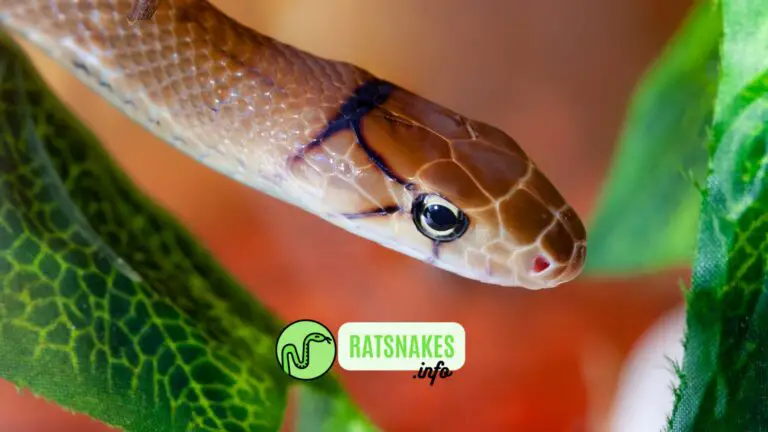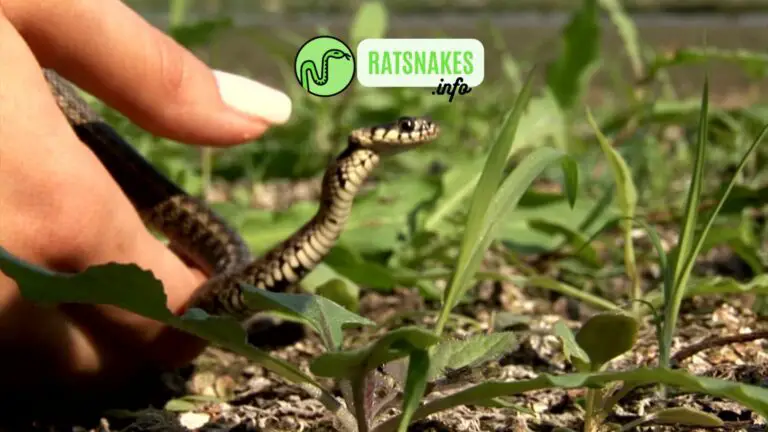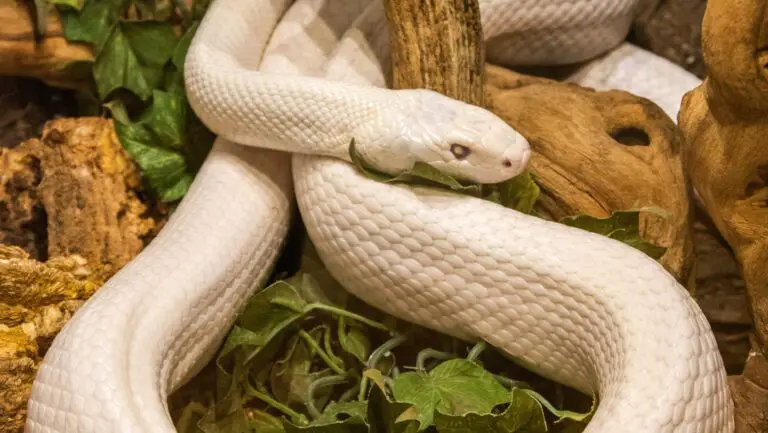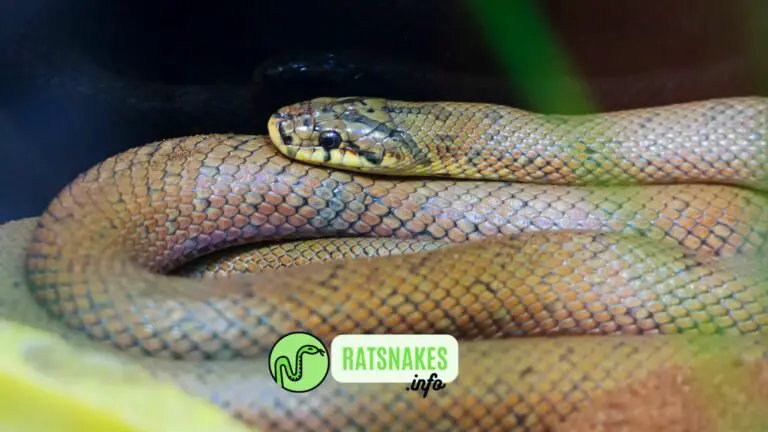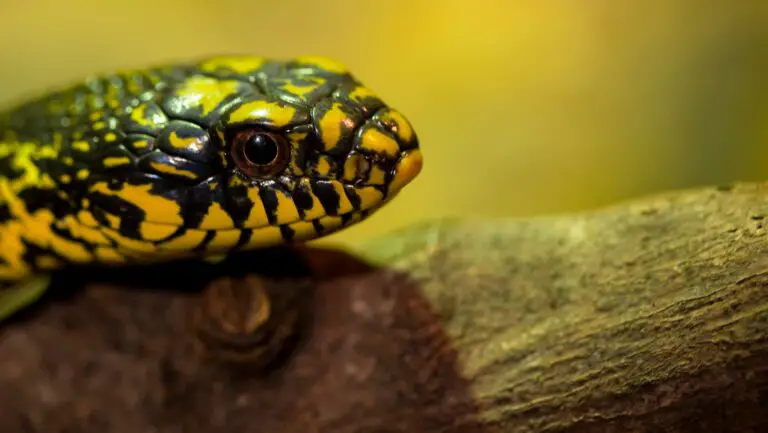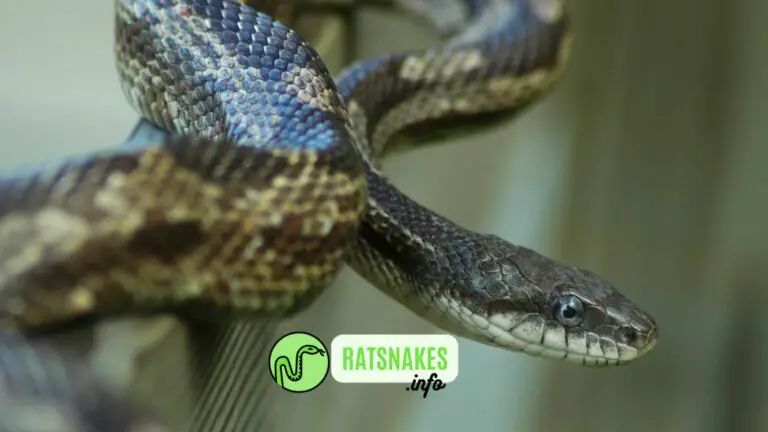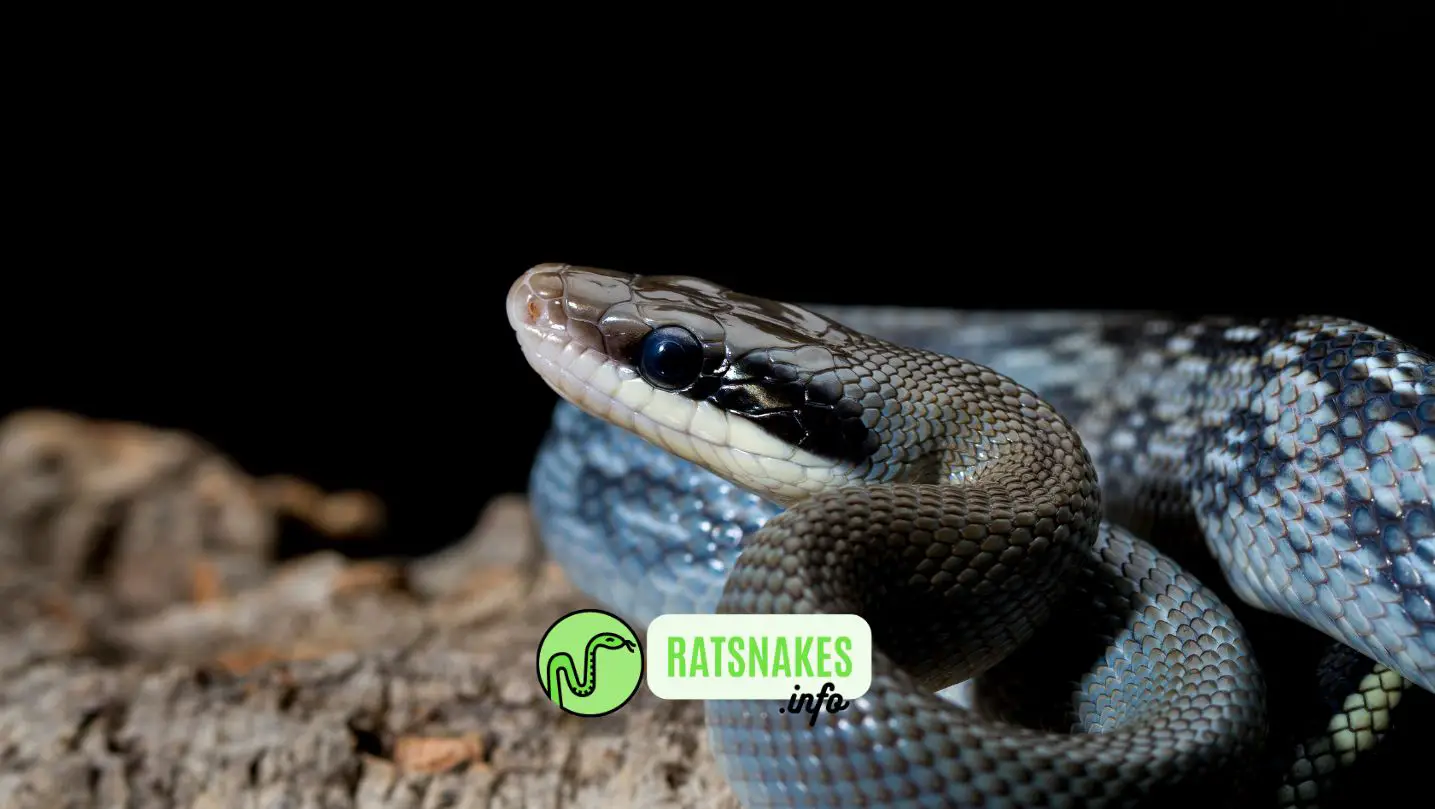
Ratsnakes are a diverse group of non-venomous snakes belonging to the family Colubridae. They are known for their slender bodies, beautiful patterns, and generally docile nature. In this guide, we will provide an overview of some common ratsnake species, highlighting their characteristics, natural habitats, and key features that make them popular choices among snake enthusiasts.
I. Eastern Ratsnake (Pantherophis alleghaniensis):
- Description: The Eastern Ratsnake, also known as the Black Ratsnake or the Black Rat Snake, is one of the largest North American snakes, reaching lengths of up to 6-8 feet.
- Appearance: They have a glossy black color with a white or cream underside, and some individuals may exhibit gray or brown variations.
- Habitat: They inhabit a wide range of habitats, including forests, grasslands, farmlands, and suburban areas, across the eastern United States and parts of Canada.
- Behavior: Eastern Ratsnakes are excellent climbers and are known for their ability to scale trees and enter bird nests to feed on eggs and nestlings.
- Conservation Status: They are listed as a species of least concern, but habitat loss and fragmentation can pose threats to their populations.
II. Corn Snake (Pantherophis guttatus):
- Description: Corn Snakes are medium-sized snakes, averaging 3-5 feet in length, and are native to the southeastern United States.
- Appearance: They display a wide range of colors and patterns, including orange, red, brown, and black, with distinctive patterns resembling maize kernels.
- Habitat: Corn Snakes are found in a variety of habitats, including forests, fields, and agricultural areas, where they feed on rodents.
- Behavior: They are primarily terrestrial but can climb trees and are known for their docile nature, making them popular pets among snake enthusiasts.
- Conservation Status: Corn Snakes are not currently listed as endangered or threatened, and their populations remain stable in the wild.
III. Gray Ratsnake (Pantherophis spiloides):
- Description: The Gray Ratsnake, also known as the Gray Rat Snake or the Appalachian Ratsnake, is a large species found in the eastern United States.
- Appearance: They have a gray or light brown body with dark blotches or stripes running along their length, providing excellent camouflage in their natural habitat.
- Habitat: Gray Ratsnakes inhabit diverse habitats, including forests, rocky hillsides, and even abandoned buildings.
- Behavior: They are skilled climbers and are often found in trees, where they hunt for birds, eggs, and small mammals.
- Conservation Status: Gray Ratsnakes are listed as a species of least concern, but habitat loss and road mortality can impact local populations.
IV. Asian Ratsnake (Orthriophis taeniurus):
- Description: Asian Ratsnakes, also known as Beauty Ratsnakes or Asian Green Ratsnakes, are native to various parts of Asia.
- Appearance: They exhibit vibrant colors, including shades of green, yellow, and black, with intricate patterns that vary among different subspecies.
- Habitat: They inhabit diverse habitats, such as forests, grasslands, and agricultural areas, across their range in Asia.
- Behavior: Asian Ratsnakes are primarily arboreal and are excellent climbers. They are known for their striking appearance and are sometimes kept as pets.
- Conservation Status: The conservation status of Asian Ratsnake species varies, with some subspecies listed as least concern while others are threatened due to habitat loss and collection for the pet trade.
Conclusion:
Ratsnakes encompass a fascinating group of snakes with diverse characteristics and habitats. The Eastern Ratsnake, Corn Snake, Gray Ratsnake, and Asian Ratsnake are just a few examples of the many species within this family. Each species possesses unique traits, colors, and behaviors that make them appealing to snake enthusiasts and collectors. Whether you’re interested in observing them in the wild or considering them as pets, ratsnakes offer a captivating and rewarding experience for reptile enthusiasts.

